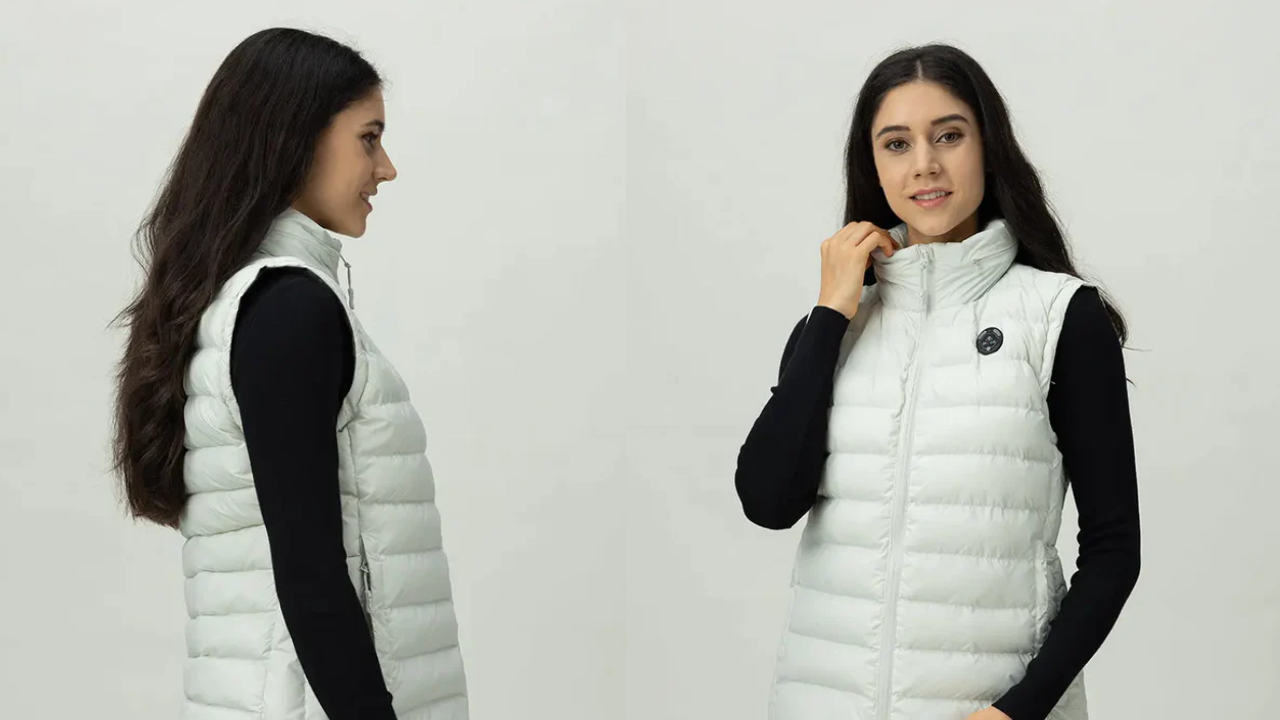As winter’s chill settles in, men across the world turn to heated vests as their go-to solution for staying warm and comfortable. These versatile garments come with built-in heating elements, but to maximize their effectiveness, it’s essential to incorporate strategic layering into your winter wardrobe. In this article, we’ll explore some key layering strategies for men’s heated vests, ensuring that you can brave the coldest of temperatures with style and ease.
Understanding the Basics of Layering
Layering is not just about adding more clothing; it’s about creating a system that traps heat while wicking away moisture to keep you warm and dry. This concept applies to any cold-weather outfit, but when combined with a heated vest, it becomes a potent tool for maintaining comfort in even the harshest conditions.
Start with a Moisture-Wicking Base Layer
The foundation of any effective layering system is a moisture-wicking base layer. Opt for a high-quality, lightweight, and snug-fitting thermal shirt or long underwear. This base layer serves the crucial role of keeping moisture away from your skin, preventing the “clammy” feeling that can make you feel colder in the long run. Merino wool and synthetic fabrics are excellent choices for this layer.
Add an Insulating Layer
The next layer you’ll want to add is an insulating layer. This layer’s primary purpose is to trap heat and create a warm air pocket around your body. Men’s heated vests work best when there’s a layer to trap the heat they generate. Consider a down or synthetic insulated jacket or a fleece sweater. These materials are lightweight and efficient at retaining warmth.
Incorporate the Heated Vest
Now, it’s time to introduce the star of the show – the heated vest. Place the vest on top of your insulating layer. These vests are equipped with heating panels, often in the chest and back areas, to radiate warmth directly to your core. Connect the power source and adjust the temperature settings to your liking.
Layer Up for Additional Warmth
Depending on the severity of the cold, you may choose to add another layer before putting on your outermost layer. A lightweight fleece or a thermal shirt can work as an additional insulating layer to ensure you retain as much warmth as possible.
Top it Off with a Weather-Resistant Outer Layer
To protect yourself from wind, rain, and snow, you’ll need an outer layer that’s both weather-resistant and breathable. Look for a high-quality, insulated jacket or a waterproof shell. The key here is to shield yourself from the elements without compromising breathability, as trapping moisture can lead to discomfort.
Accessories Matter
Don’t forget to layer your accessories as well. A warm beanie or hat is essential to prevent heat from escaping through your head. Gloves or mittens will keep your hands warm, while a good pair of thermal socks will ensure your feet stay cozy. These accessories complement your heated vest and layered clothing system, providing additional insulation where it’s needed.
Tailor Your Layering to Activity Level
Your choice of layers should also consider your activity level and the weather conditions. If you plan to be active and generate body heat, you might need fewer insulating layers. Conversely, if you’re going to be relatively sedentary in the cold, adding more insulating layers will be essential.
Ensure Proper Fit
A crucial aspect of successful layering is the fit of your clothing. Make sure each layer fits well but allows for some mobility. Snug, but not overly tight, layers will help trap heat efficiently without constricting your movements.
Conclusion
When the temperature drops, layering with a men’s heated vest can be your secret weapon for staying warm and comfortable. Whether you’re enjoying winter sports, braving the elements at work, or simply strolling through the snow-covered streets, a well-thought-out layering system will keep you cozy and stylish throughout the season. So, suit up, stay warm, and embrace all that winter has to offer.
